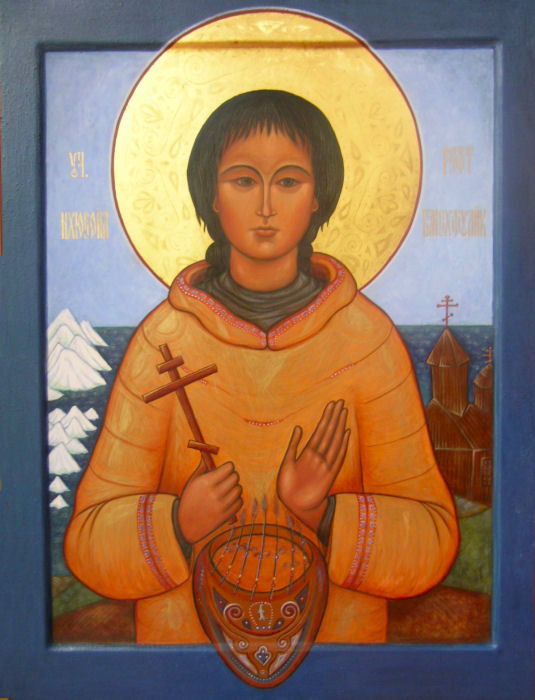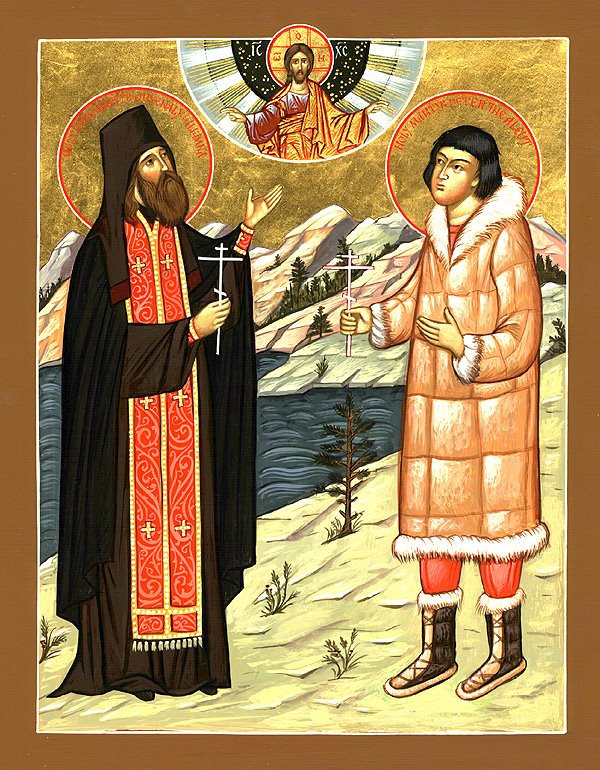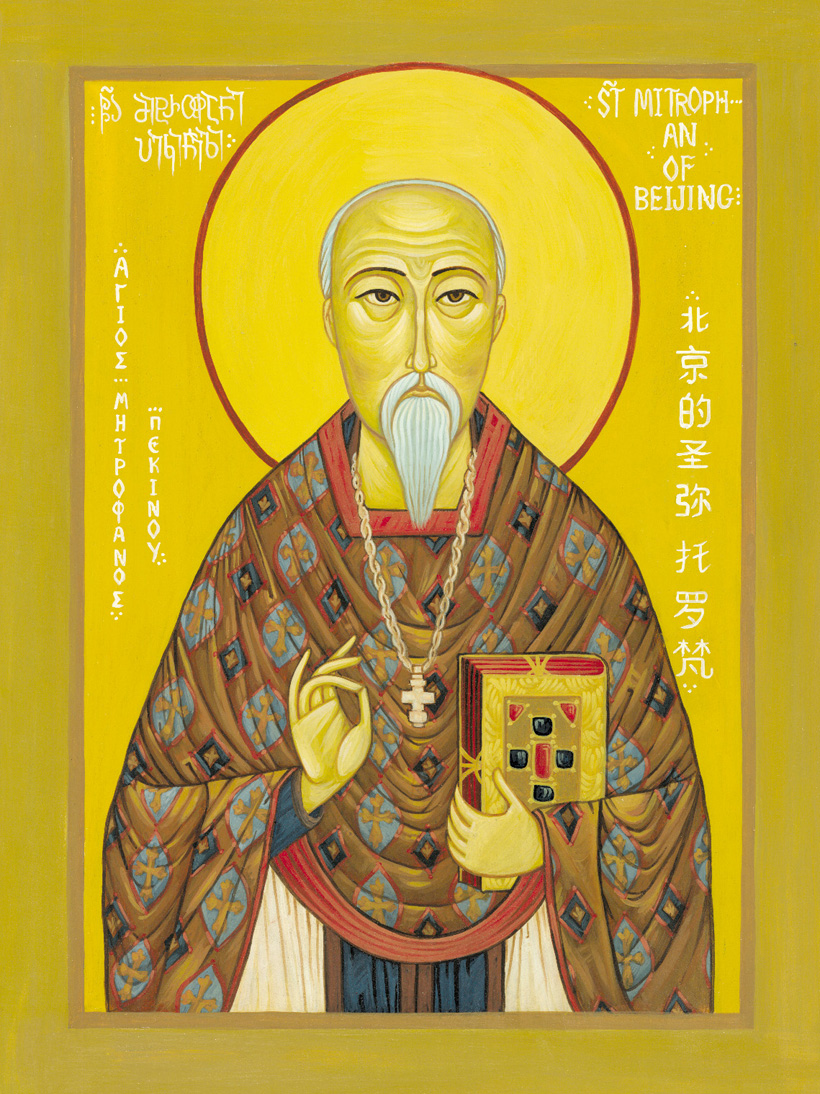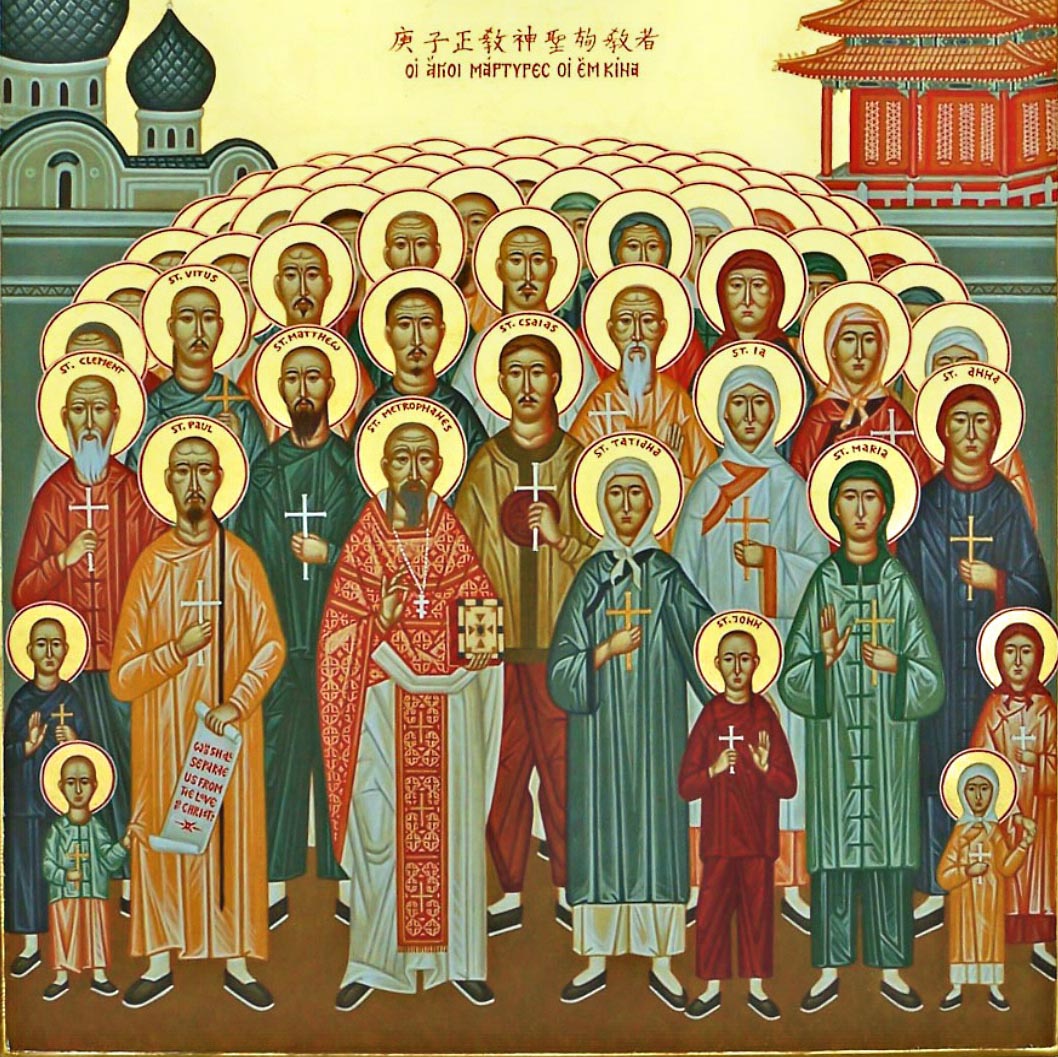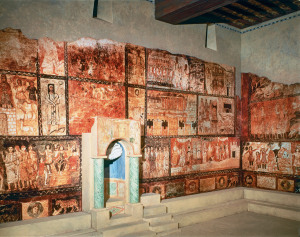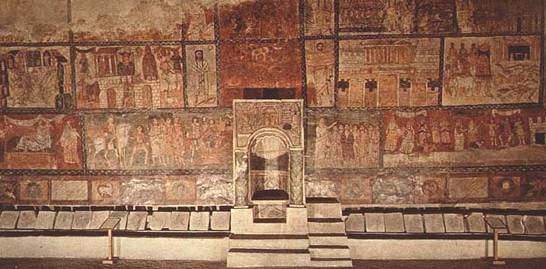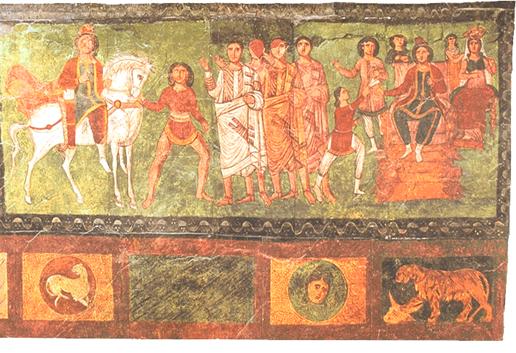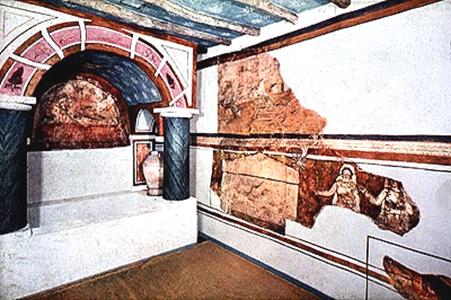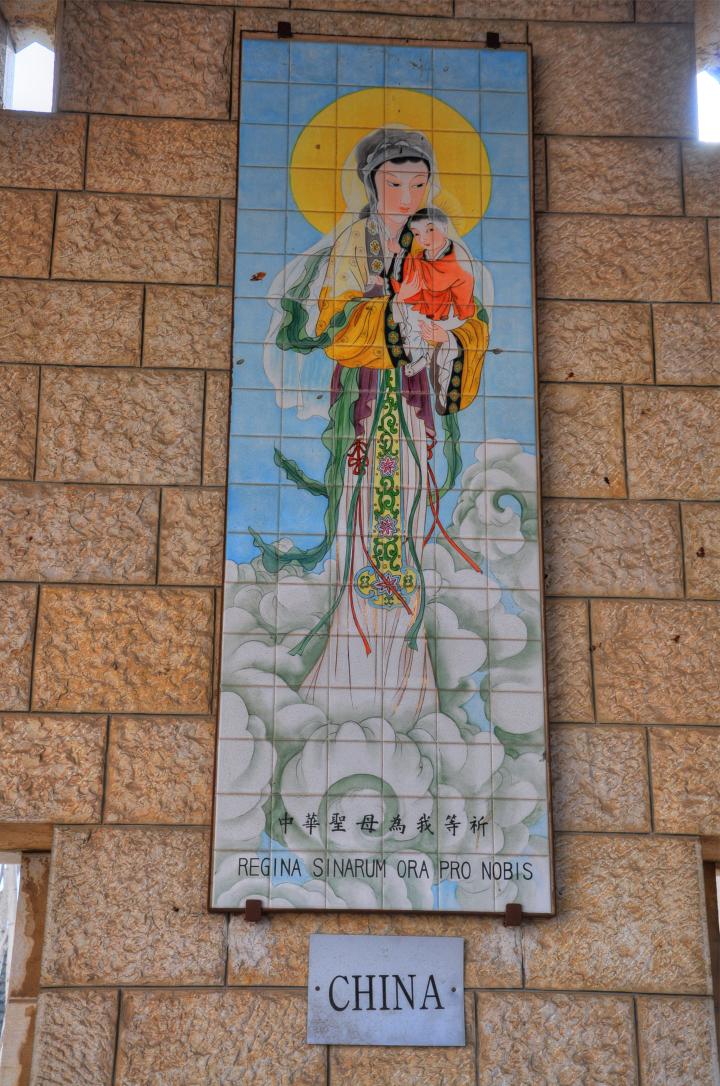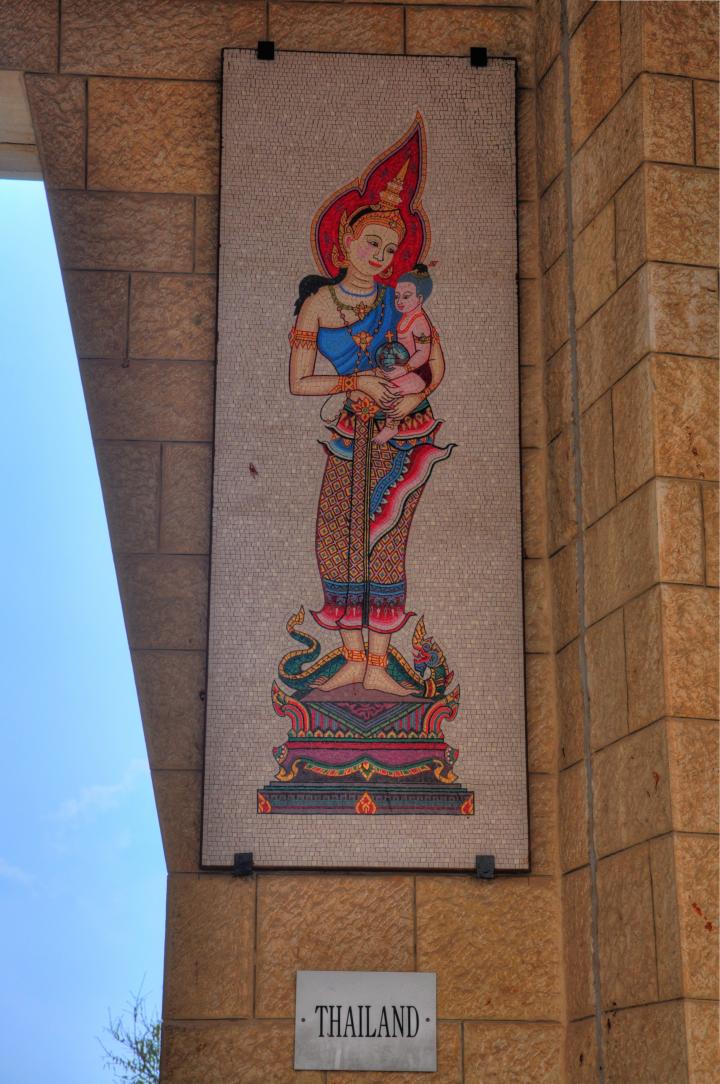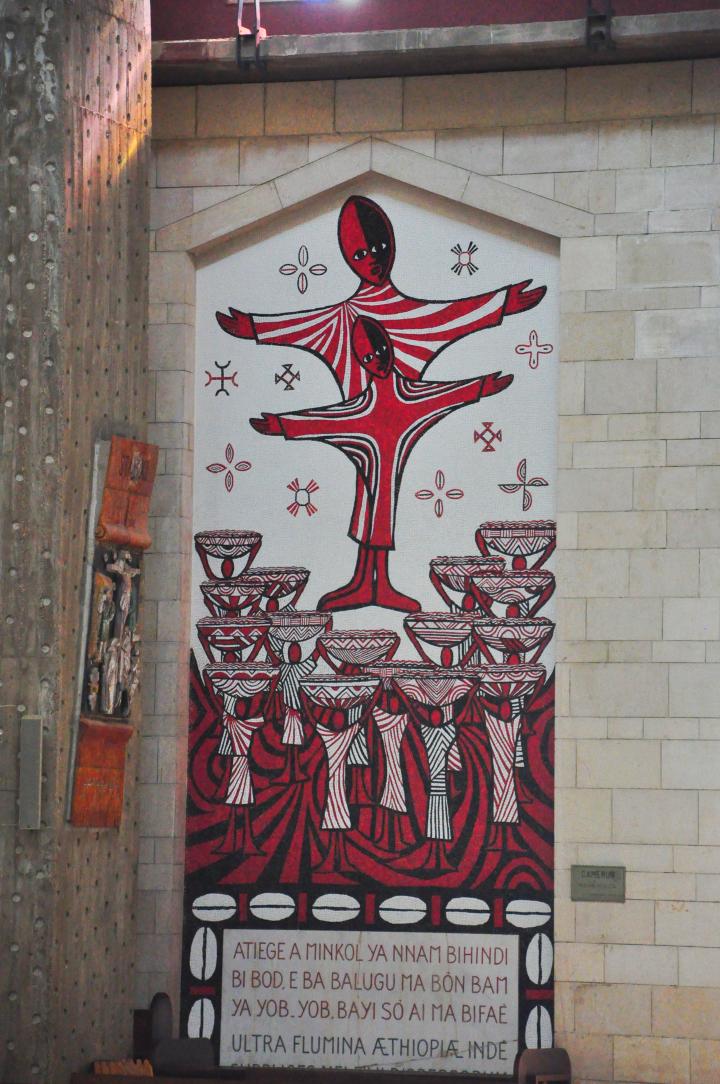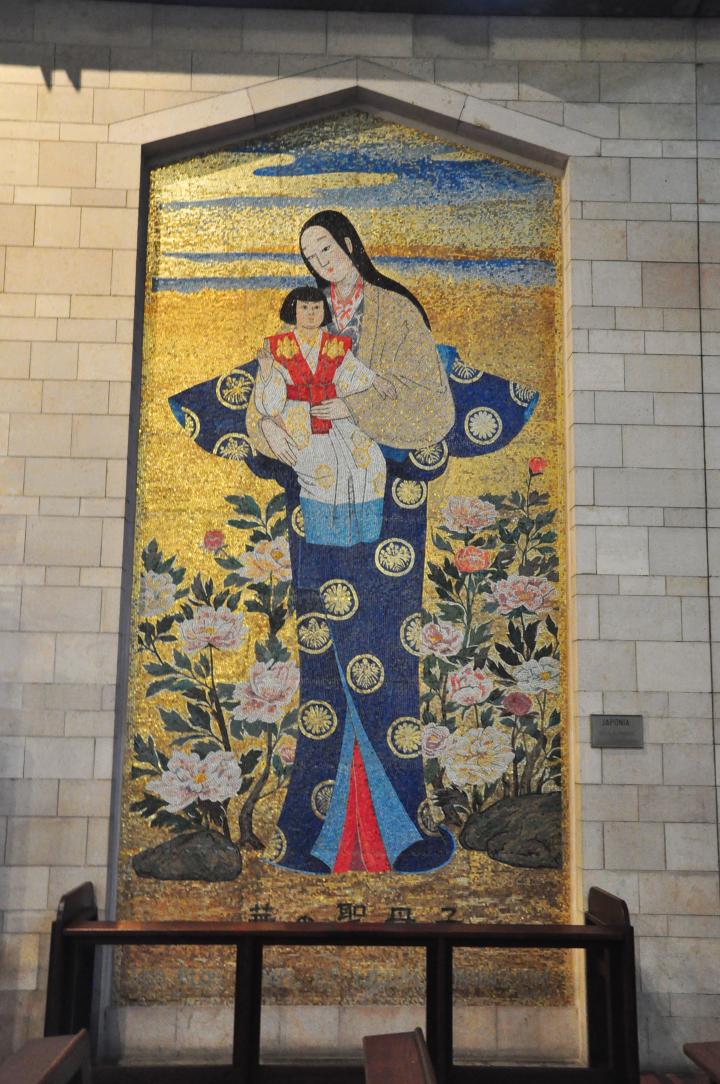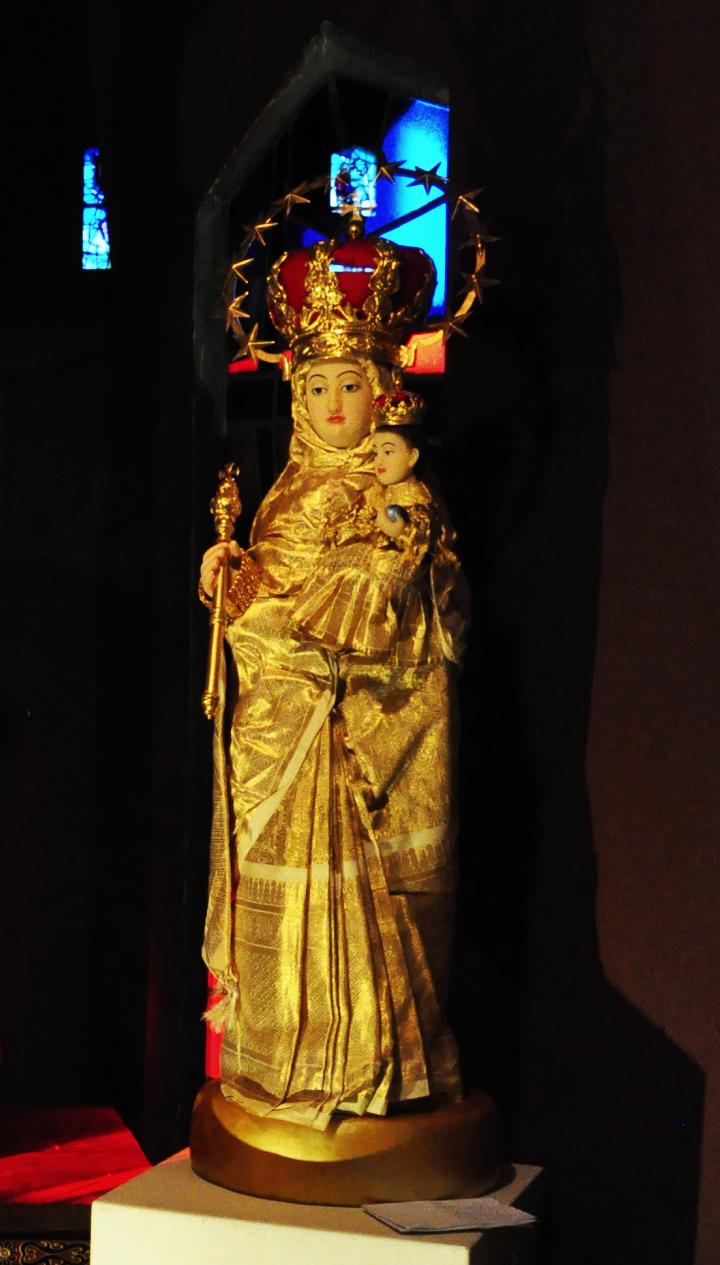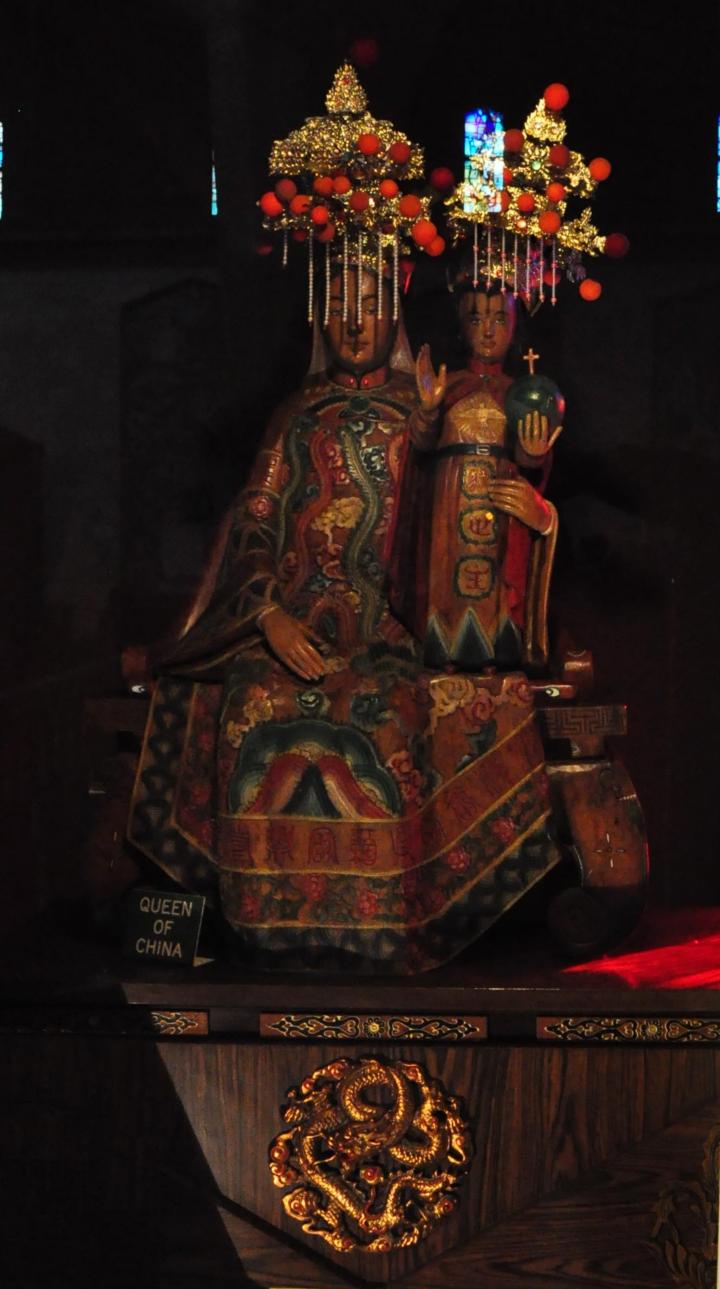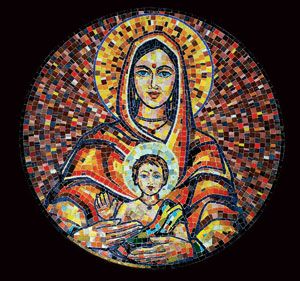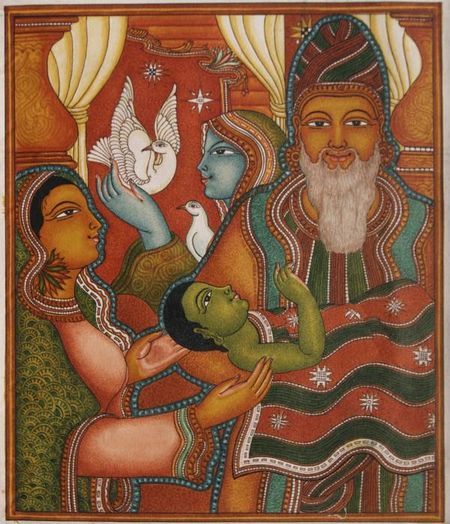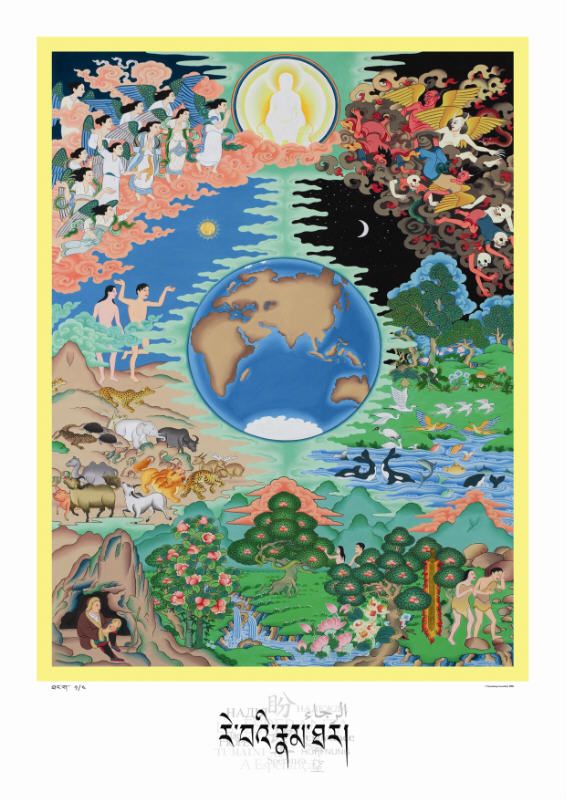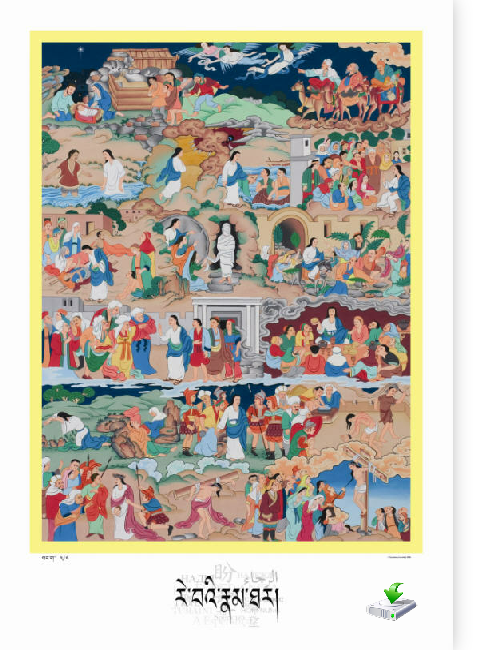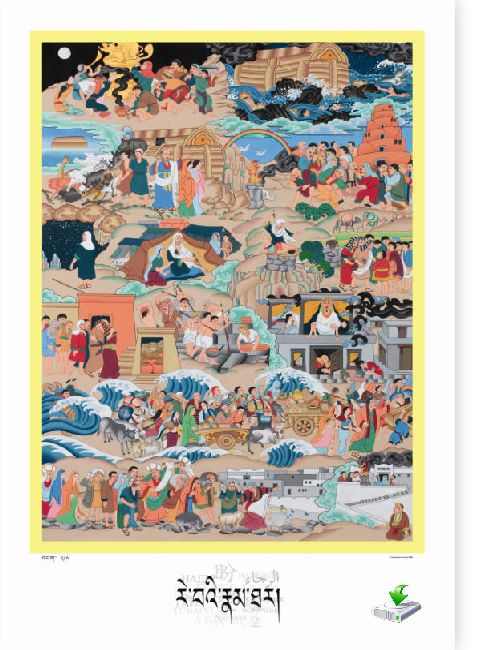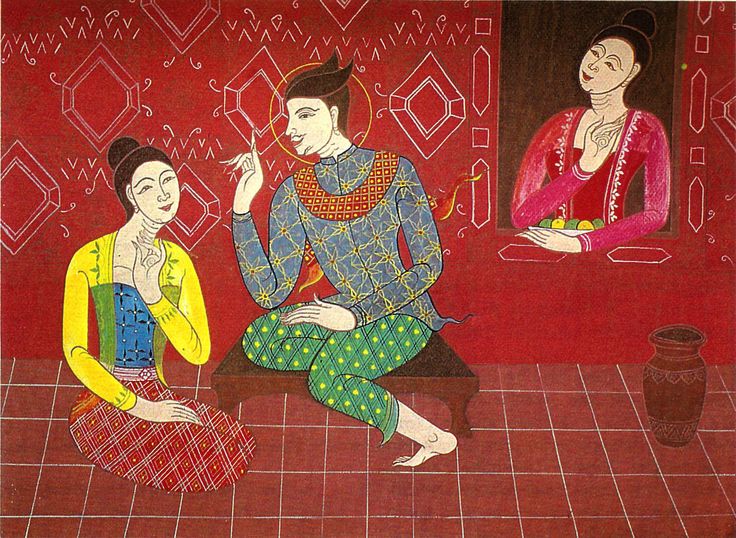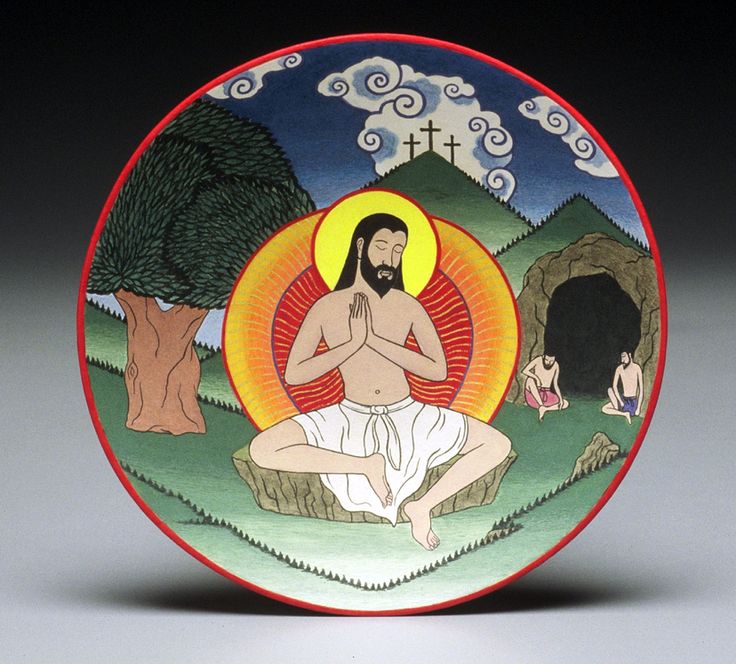MKJ
Contributor
Based on my research so far, if the question about indigenous Art is answered for Greek Culture, it is roughly this:
that the pride of your Art history, your culture, is willingly cast aside. That the Art you are known for, an idealized naturalism that has been revolutionary, that has 'made your name' across geographical borders, that has been adopted by and willingly embraced by disparate cultures through trade and colonization, is replaced by an Art that has at its center the reality of Jesus Christ and the desire to depict a spiritual reality in material in part as a theological reality (Incarnation) and in part as a form of right-use/stewardship of offering creation back to God.
To put it in roughly the terms of Worringer's thesis Abstraction and Empathy, 1919 (further developed by other Art historians, critics, and artists): you overthrow your heritage, your pride, to embrace the ascendancy of Christ. The self-sufficient world and self fall back, and the greater reality, of Christ and His kingdom, takes precedence.
This is not unlike the rejection of the Philosophical tradition - another inheritance, a cultural pride - in preference to the true love of wisdom, the love of Christ, the Wisdom of God. Read St. Basil and others schooled in the traditional Greek inheritance on Philosophy and the superiority of Christianity. Note that these educated in Hellenistic thought recognized its inferiority to the Gospel. Of course, their training in Philosophy and Rhetoric prepared them for the use of language, but also for the response to heresies that arose more specifically from the interpretive application of Philosophy to Christianity.
You know, I don't think anyone really disagrees with this, but it is a very fine line to walk, and frankly I think it affects those cultures which have a long history of Christianity as much as those that don't. In fact, it may be that it is even more a problem for them, because those who are adapting a use know clearly what is specifically Christian and what isn't, and are forced to think about it, but it is very very easy for others to imagine that their own tradition is purely and simply Christian.
Upvote
0

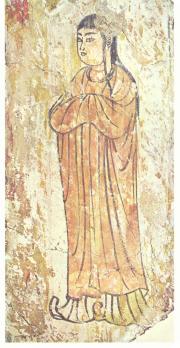

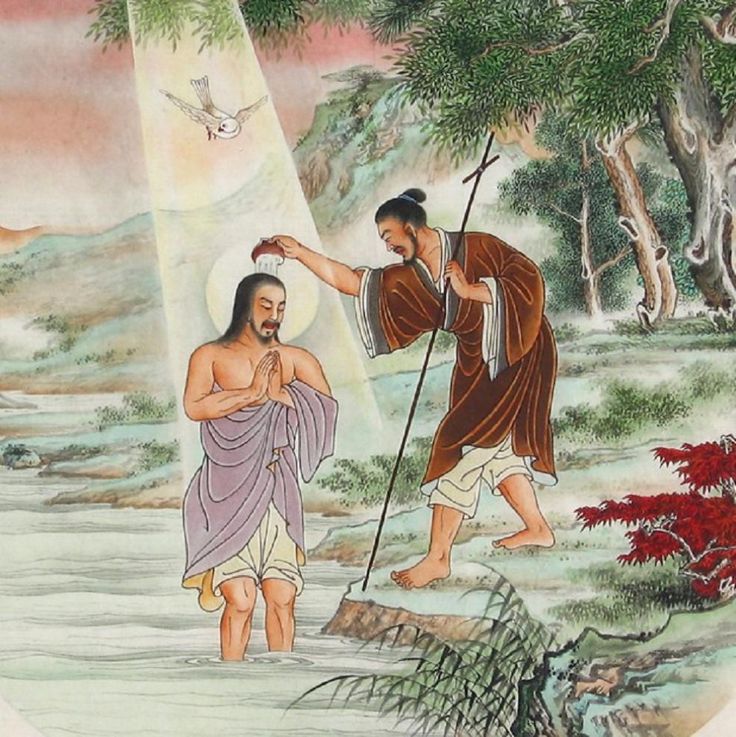
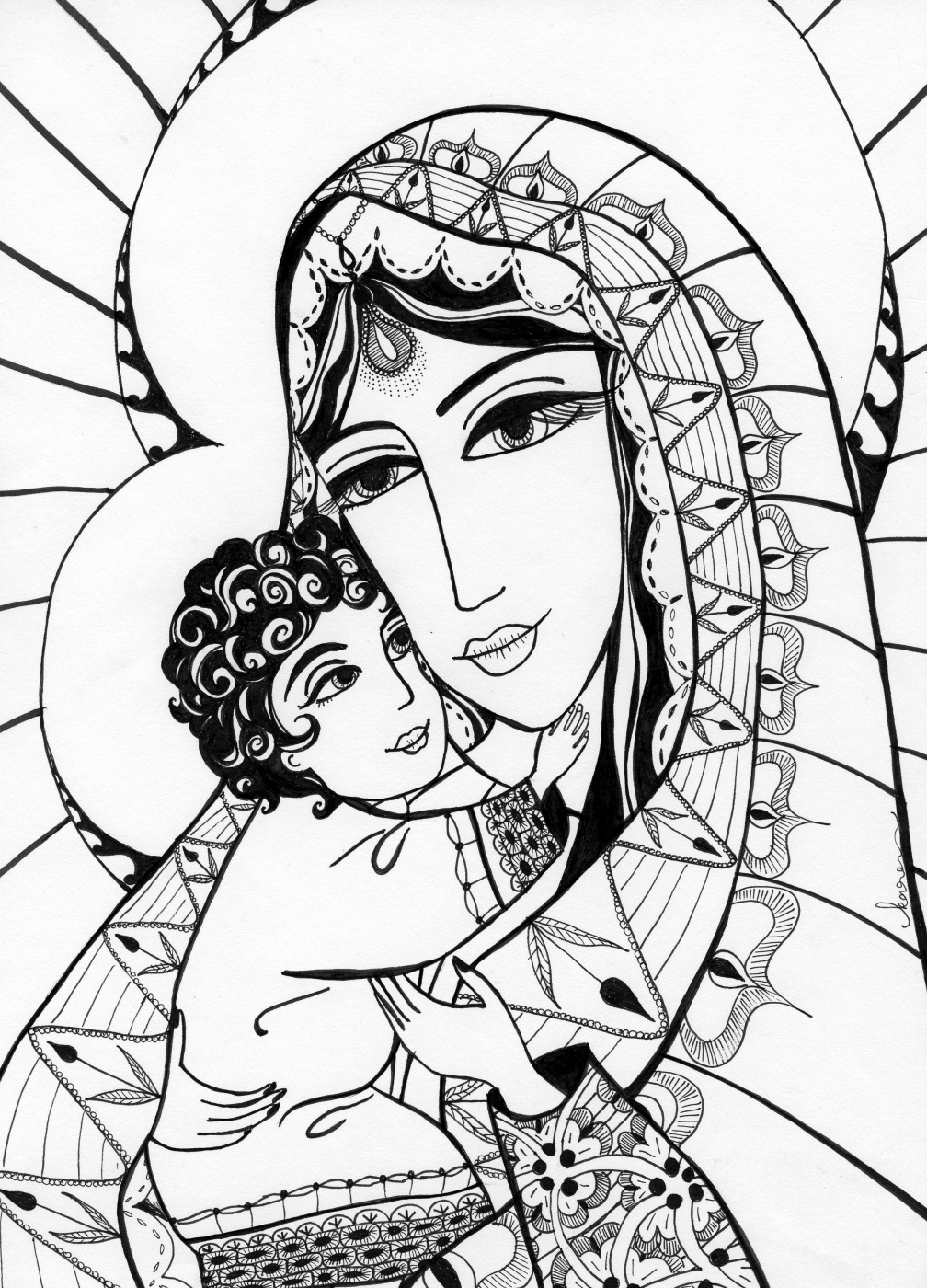

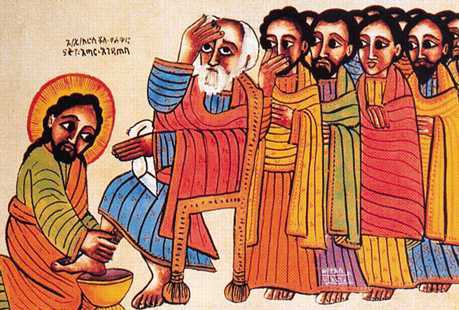
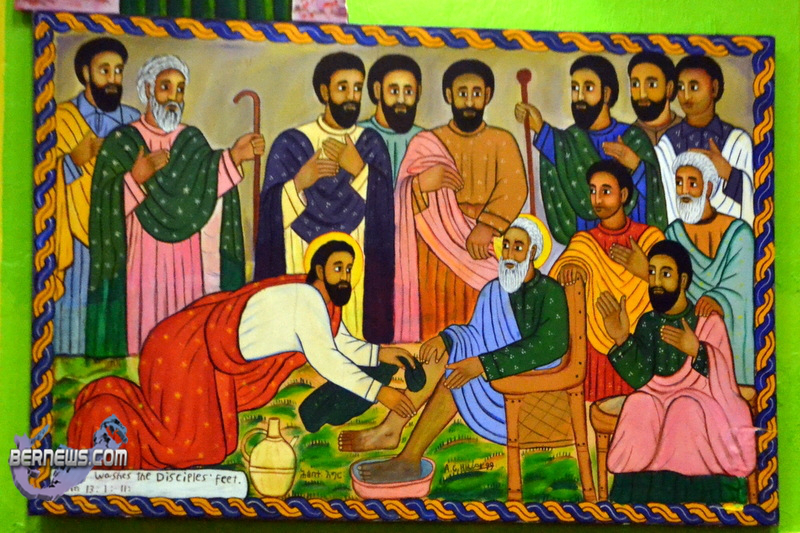
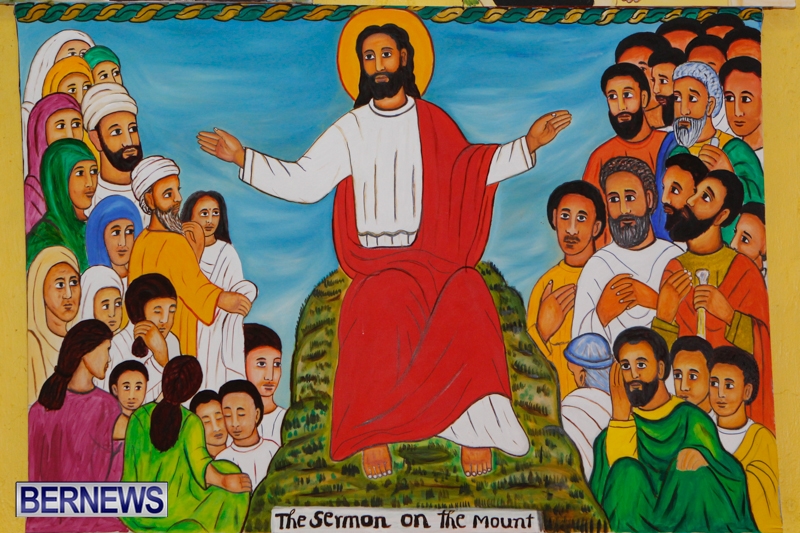

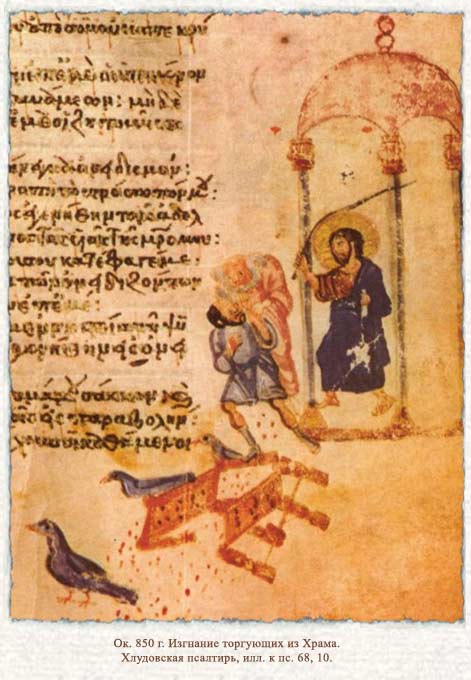


 ) because they have lost their "abstract quality". Here I refer to the observation of Wilhelm Worringer (more developed by others) that abstraction occurs in Art more so when cultures are interested in the spiritual, and realism more so as a satisfaction with the earthly.
) because they have lost their "abstract quality". Here I refer to the observation of Wilhelm Worringer (more developed by others) that abstraction occurs in Art more so when cultures are interested in the spiritual, and realism more so as a satisfaction with the earthly.